Revelations about Galileo, Bruno, and aliens
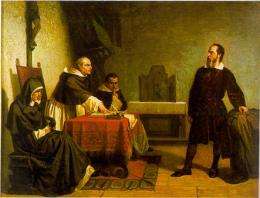
The Catholic Church and scientists have a history of clashing, but according to Vatican astronomers, some of the stories of Church persecution are distortions of the truth – more gossip than Gospel.
One of the most famous examples of the clash between religion and science is the trial of Galileo Galilei. Galileo supported Copernicus’ view that the Earth orbited the Sun, a “heliocentric” theory which the Church declared contrary to Scripture. Galileo was warned to abandon his support for this theory and instead embrace the traditional “geocentric” notion that the Earth was an unmovable point around which the universe revolved.
Instead, in 1632 Galileo published “Dialogue Concerning the Two Chief World Systems.” The book was structured as a conversation between Salviati, a heliocentric philosopher, Simplicio, a geocentric philosopher, and Sagredo, a neutral layman. Pope Urban VIII had actually given Galileo permission to write the book so long as he didn’t promote one viewpoint over the other. However, Salviati forcefully argued Galileo’s beliefs, while Simplicio was often ridiculed as a fool.
An often-repeated view about the furor which followed the publication of Galileo’s book is that the Pope was insulted by having his words expressed by Simplicio. Not only was the character made to look ridiculous, but the name itself likely was a double entendre for “simple-minded” (simplice in Italian). However, Vatican astronomer Brother Guy Consolmagno disputes this analysis.
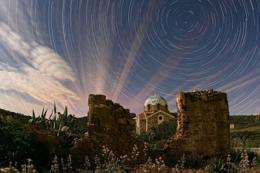
“First, "Simplicio" was a well-established name in philosophical discourses, not something invented by Galileo, to represent a person who was able to see through the fog generated by the more clever and learned philosophers who invent elaborate theories and lose sight of simple obvious truths, like the innocent child who can recognize that the emperor has no clothes,” says Consolmagno. “In this context, its use could be seen as a compliment. Second, this kind of punning is quite common in English but my impression is that it is not really done all that much, or in the same way, in Italian; I do not know if anyone at that time and place would have interpreted it the way we English speakers do. And finally, the book was originally approved by the Pope's censors before being published; if he were going to be insulted by the name, he'd have noticed it long before it was ever printed.”
Still, the political fallout eventually led the Church to withdraw its permission to publish the book. Galileo faced a specially-convened panel of ten judges, who found him guilty of suspicion of heresy. By abjuring – saying that he never believed in the heliocentric point of view expressed in the book – Galileo’s sentence was reduced to house arrest.
“He served (his sentence) first as the honored guest of the bishop of Siena before returning to his own villa, where he lived for another decade, had a regular string of visitors, and wrote another book,” says Consolmagno. “I don't want to whitewash the mistakes the Church made in the Galileo affair, but…it certainly was not a simple knee-jerk reaction against science.”
Consolmagno says that to truly understand what happened, we need to take into account the philosophical thinking of the time and the events that were taking place both within the Church and in the larger society. This context can be glimpsed in the original documents from the trial, which have been translated into English in various publications, such as Finocchiaro's “The Galileo Affair.”
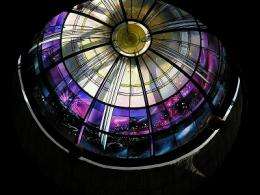
“They got Galileo on a technicality, and he was guilty of that technicality; but why they decided to go after him, in that way, at that time, is an open question,” says Consolmagno. “We can see today that he should never have been brought to trial in the first place.”
By 1992, Pope John Paul II issued a declaration acknowledging errors in Galileo’s trial. No such apologetic statement has been made for Giordano Bruno, whom the Church burned at the stake in 1600.
Bruno not only supported the heliocentric view, he also claimed there are multiple worlds beyond Earth, each orbiting their own sun. The Vatican astronomers say Bruno’s death sentence was not due to him advancing these notions.
“The old joke is that if he was burned for anything back then, it was for plagerism,” says Consolmagno. “Nicholas of Cusa published those same ideas 200 years earlier, and he was a Cardinal.”
Nicholas of Cusa’s book, “On Learned Ignorance,” in which he discussed the possibility of multiple worlds, was published in 1440. He also wrote that aliens could exist on the Moon and the Sun.
“He was made a Cardinal in 1448, so it’s quite obvious that it didn’t damage his career,” notes Consolmagno’s colleague, Vatican astronomer Father Paul Pavel Gabor.
Consolmagno says the most probable reason for the Church’s enmity was that Bruno denied the divinity of Christ, as well as some other fundamental doctrines of Christianity.
“I think the real problem with Bruno was he was accused of being an English spy,” adds Gabor. He says that Bruno was imprisoned in various places throughout Europe before landing in jail in Venice, which then led to his death in Rome. Gabor says that the file on last 7 years of his trial is gone, because Napoleon looted the Vatican for paper.
“Everybody who keeps writing about it as if they knew what happened is actually just fantasizing,” says Gabor.
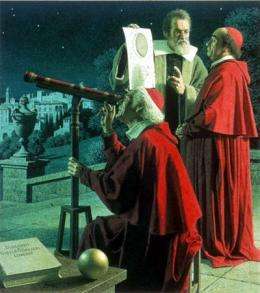
Both Consolmagno and Gabor stress that the idea of aliens and multiple worlds is not a new idea for the Church, and doesn’t challenge or threaten the central beliefs of their religion. The Vatican even sponsored an astrobiology workshop in 2009. According to Consolmagno, the Church did so in order to create a forum for top scientists in the field to have a conversation.
“It was NOT the way it was reported on CNN, where the Catholic Church was worried about aliens,” he says.
They say there was no religious discussion during this workshop; instead the focus was purely on the science of astrobiology. The philosophical cross-over between religion and science was only discussed informally, during coffee breaks and other social gatherings.
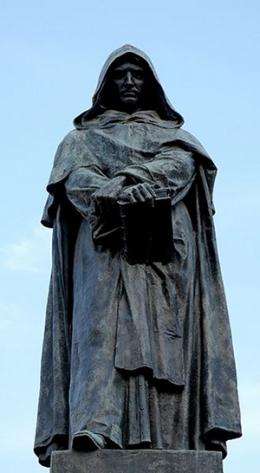
Philosophers have been grappling with the implications of alien life for hundreds of years, if not longer. But until aliens are found, says Consolmagno, these issues will remain in the realm of science fiction instead of religion or science.
“I think that’s a very important role that science fiction has to play, because at this point we’re just playing with ideas,” says Consolmagno. “We’re just exploring the space where the ideas could be. We don’t know – we don’t have the answers. That’s why it’s so much fun!”
Source: Astrobio.net


















